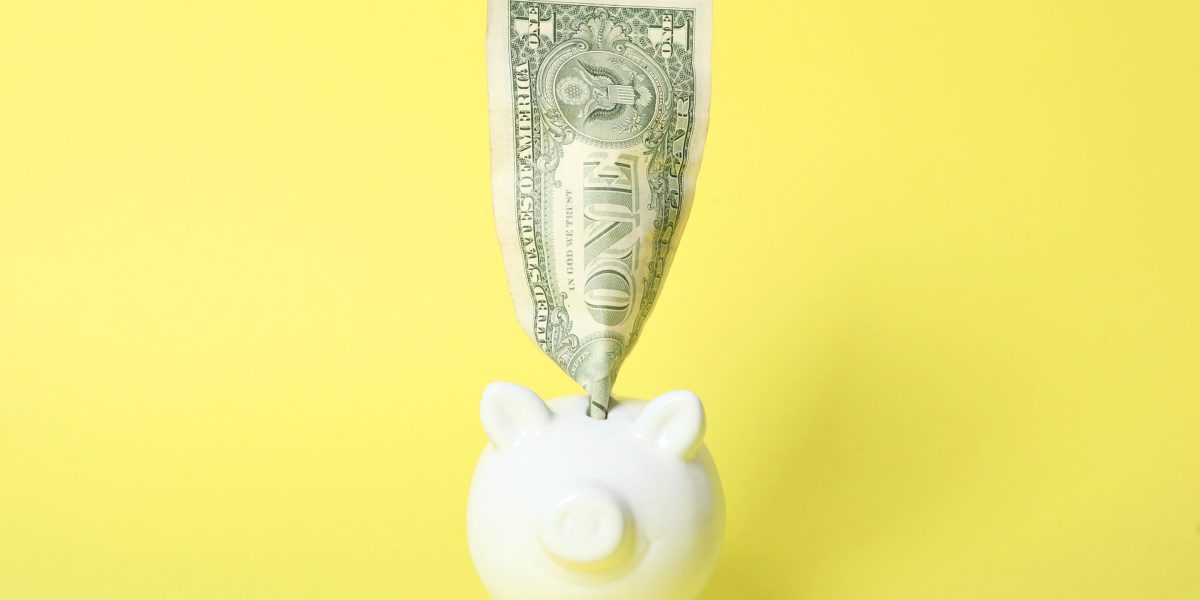This post was originally published on this site
https://fortune.com/img-assets/wp-content/uploads/2024/01/GettyImages-1277498706-e1705591435862.jpg?w=2048
A certificate of deposit (CD) is a savings vehicle offered by banks and credit unions that pay interest on your money for a set period of time. Typically this is a fixed interest rate, but some (such as those based on the prime rate index) are variable.
Interest rates on CDs are often higher for longer terms, but this isn’t always the case. With assistance from Curinos, we’ve sourced the best real-time CD rates so you know which options will give you the best return on your savings. Rates are updated daily on business days.
Highest current CD rates (overall)
Compare rates from our partners
Editor’s picks
While the banks we list above have great rates, we haven’t done in-depth research on their customer service, overall offerings, or reviews. The following banks are institutions we’ve done extensive research on and have determined they offer a well-rounded banking experience beyond just competitive rates.
Minimum deposit requirements, fees, and other numbers in our list are updated daily, but are subject to change. Please contact the institution for more details.
Alliant Credit Union
Minimum opening deposit: $1,000
| Term length | APY |
|---|---|
| 1-year certificate | 5.15% |
| 3-year certificate | 4.20% |
| 5-year certificate | 4.00% |
First Internet Bank
Minimum opening deposit: $1,000
| Term length | APY |
|---|---|
| 1-year CD | 5.31% |
| 3-year CD | 4.66% |
| 5-year CD | 4.55% |
Synchrony
Minimum opening deposit: $0
| Term length | APY |
|---|---|
| 1-year CD | 4.80% |
| 3-year CD | 4.15% |
| 5-year CD | 4.00% |
Marcus by Goldman Sachs
Minimum opening deposit: $500
| Term length | APY |
|---|---|
| 1-year CD | 4.90% |
| 3-year CD | 4.15% |
| 5-year CD | 4.00% |
MYSB Direct
Minimum opening deposit: $500
| Term Length | APY |
|---|---|
| 1-year CD | 5.20% |
| 3-year CD | 4.46% |
| 5-year CD | 4.31% |
Highest CD rates by term length
1-month CD rates
3-month CD rates
6-month CD rates
9-month CD rates
12-month CD rates
18-month CD rates
2-year CD rates
3-year CD rates
4-year CD rates
5-year CD rates
10-year CD rates
Short-term vs. long-term CD: which is better?
If you’ve paid any attention to CD rates lately, you might wonder why the adage that long-term CDs offer the best rates isn’t necessarily canon. This occurs because, with high interest rates, banks anticipate a potential decrease, leading them to offer better APYs on short-term CDs.
“One of the primary ways banks earn money is through the spread or what they pay on customers’ deposits versus what they charge on their loans,” says Frank Newman, director, portfolio construction & due diligence at Ally. ”I think the fact that many banks are paying lower rates further out on the maturity spectrum for CDs reflects uncertainty. They [banks] may be a little bit less willing to commit to higher interest rate payments further out into the future. “
In high-interest rate environments, your APY isn’t likely to be as competitive with a long-term CD rate, especially if banks expect rates to decrease. Short-term CDs are ideal for those who need flexibility while long-term CDs are less flexible but provide a more stable return over time.
Let’s illustrate what this might look like. In a high-interest environment, your rate might be 5% for a 6-month CD. If you deposit $1,000, the interest you earn is $24.70 at the end of your term. In this same environment, using a 24-month CD with a 4.3% interest rate will earn you $87.85 in interest but you’ll have your money tied up for two years.
In a low-interest environment, the scenario changes. Keeping the deposit rate of $1,000, let’s say you earn 2% APY on a 6-month CD. You’ll have earned $9.95 at the end of your term. A 24-month CD with a 2.5% APY would provide $50.63 in interest by the end of your term.
Alternatives to CDs
CDs aren’t the only savings vehicles available to you. Here are some alternative options to consider:
- Traditional savings account: You can expect better liquidity with a traditional savings account, but you’ll often have a much lower interest rate as a result.
- Money market account (MMA): An MMA is similar to a savings account, though it usually comes with more restrictions on minimum balances and withdrawals in return for a higher interest rate.
- Bonds: Bonds are issued by corporations and governments when they need to raise money. You’re giving these entities money in exchange for a fixed interest rate in return.
- Treasury securities: Also sometimes called Treasurys, these are backed by the government and come in the form of bonds, notes, and bills, each with varying terms and interest rates.
Our methodology
Our methodology focuses on data gathered from Curinos, which looks at over 20,000 data points to determine the most attractive APYs from various financial institutions. Rates are updated daily on business days.
Frequently asked questions
What influences current CD rates?
CD rates are influenced by the federal interest rate set by the Federal Reserve. Other factors include overall economic conditions, the bank’s financial needs, and response to other bank’s competitive rates.
How often do current CD rates change?
Banks and credit unions update current CD rates based on market conditions. These rates typically receive an update no sooner than weekly, though some don’t do so for months.
Is there a 7% CD rate?
Some banks and credit unions occasionally offer rates that seem too good to be true, such as 7% APY, such as what we saw in August 2023. However, these typically are only offered for a very short window of time and have unfavorable conditions on them, such as the certificate renewing automatically at the current rate at the time of maturity or capping on the amount deposited.





